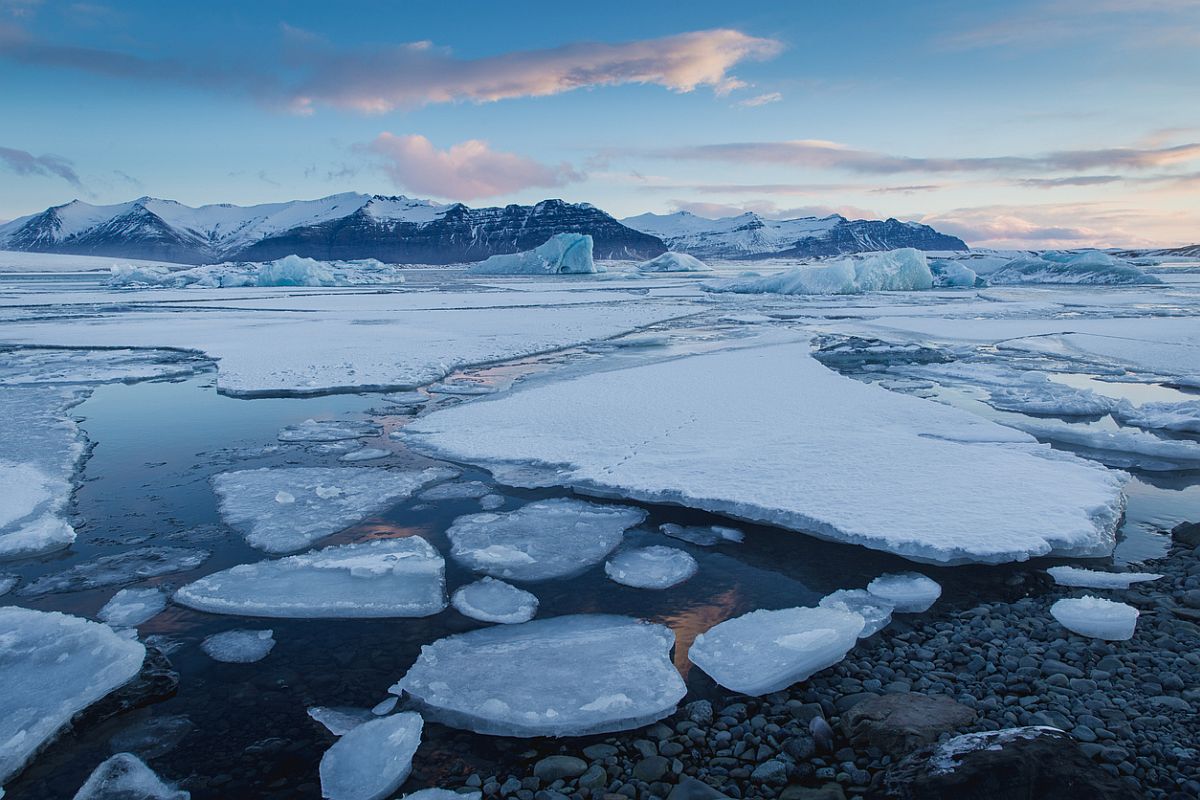Oppose the People’s Republic of China and all it stands for or admire it, one has to hand it to the Chinese when it comes to a long-term vision of national interest.
Strategic thought is almost hardwired into the DNA of the policy establishment in Beijing. At any rate, not content with incorporating most of Asia into its supply chain, becoming the largest holder of US foreign debt, taking on all-comers in the South China Sea, ensuring its energy security and mineral-supply by making virtual client-states of countries on the South American and African continents respectively, aligning with erstwhile enemy Russia, propping up failed states including Pakistan and North Korea as instruments of state policy, cutting regional rivals such as India down to size, close to realising its ambition of being the second pole of global power with only the USA to rival it et.al., now add to that list Beijing’s Arctic ambitions.
The Arctic region, while very much in the ‘sphere of influence’ of the eight Arctic states ~ Canada, Denmark, Finland, Iceland, Norway, Russia, Sweden, and the USA ~ which have control over its strategically valuable geography, has another contender for influence in China, which is making no secret of its desire to become a ‘polar great power’ by 2030. As is par for the course for Beijing when it comes to the projection of its strategic aims, there is a clear dichotomy in its domestic and international discourse.
The external narrative aimed at a foreign audience stresses on cooperation for the common good while the more cynical domestic story underlines the competition between various countries and China’s desire to win it. What is abundantly clear regardless of which narrative is emphasised, however, is that China’s political, military, scientific, and economic activities in the Arctic leave no doubt about the seriousness with which it is approaching the issue.
As a recent report points out, China has sent high-level figures to the region 33 times in the past two decades, engaged or joined most major Arctic institutions, sought half-a-dozen scientific facilities in Arctic states, pursued a range of plausibly dual-use economic projects, expanded its icebreaker fleet, and even sent its naval vessels into the region. China has, in official documents, described the Arctic as one of the world’s “new strategic frontiers,” where rivalry and the potential for extraction are both great.
In that sense, the Arctic, the Antarctic, the world’s seabed, and space are considered as ungoverned or under-governed spaces by Beijing and its policies have been formulated keeping this characterisation in mind. So, as China’s position gets clearer ~ it treats the Arctic a zone of future military competition, its investments in Arctic science are intended to buttress influence in the region, it supports existing Arctic governance mechanisms publicly but complains about them privately ~ what will the world do?
The findings of a Brookings study iterate that accommodating China’s Arctic ambitions rarely produces enduring goodwill. Norway was the first country to allow China to build an Arctic science station and Sweden the first worldwide to allow a completely China-owned satellite facility. Both these efforts, which were richly praised by China at the time, did not protect either country from later economic coercion and harsh condemnation.











